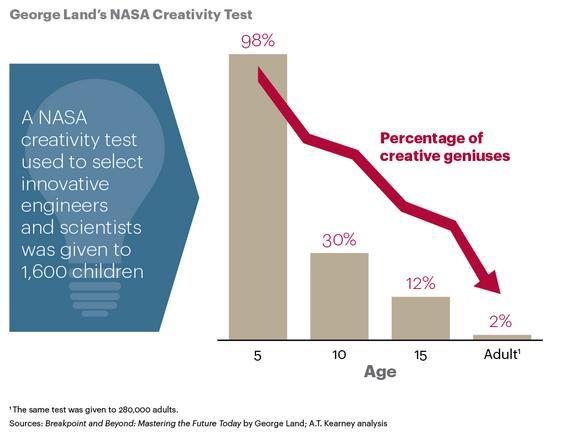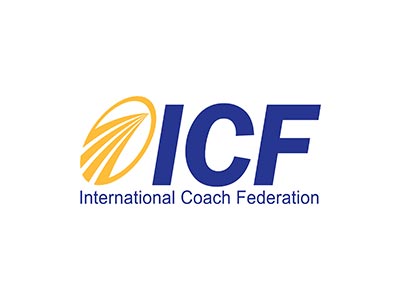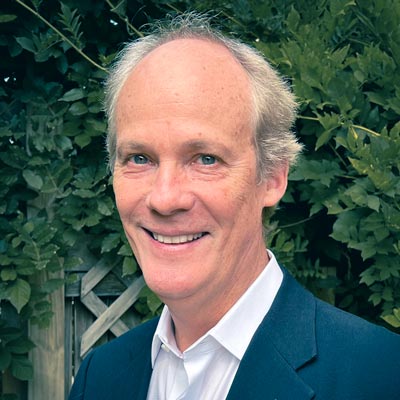HOW TO BE INNOVATIVE BY RESTORING YOUR CREATIVITY
“Progress is impossible without change, and those who cannot change their minds cannot change anything.” George Bernard Shaw
Innovation is vital in the workplace because it helps companies grow and evolve. Without innovation organizations will find themselves in a dead end. Companies with innovative concepts, such as Google, Amazon, Netflix and We Work, are all are all examples of organizations that disrupted traditional ways of doing existing things like searching for information, buying books, renting movies and even renting office space.
Innovation can be incremental, based on improving an existing concept or disruptive, as was the case of Amazon when they began selling books online and later creating a platform for virtual reading.
“Creativity is thinking up new things. Innovation is doing new things” – Theodore Levitt. (Economist, Professor and Marketer)
To be innovative you first have to harness your creative ability. Airbnb began disrupting the hotel business in 2008 and got its name when its three founders rented out air mattresses on the floor of their San Francisco apartment during a design conference, when most of the city’s hotel rooms were sold out. They recognized that people were looking for an affordable local experience and that you actually did not need to own real estate to accomplish that goal. They used out-of-the-box thinking and made it work!
The challenge is, we often struggle to allow ourselves to truly be creative.
Fall in creativity
For most people, the use of a creative mind is maximized at age 5 and then falls dramatically for the next several years. By age 20 most people are using only 2% of their brain’s creative abilities.

Why does this happen?
From an early age we are taught to adapt to norms accepted by the society we live in. While this is an important survival mechanism, before we realize it, our mind is imprisoned in beliefs and standardization.
As young children, we allowed our mind to fly into imaginary realms where everything was possible. We were authentic, guided by our own feelings and impressions. Boy, were we imaginative and creative.
As we grow a little older (5-12), we enter the socializing cycle and start to conform to the patterns and beliefs from our close authoritative figures: parents, grand-parents, siblings, teachers etc. We hear the word “no” a lot and begin to limit ourselves not only in what we do but how we think.
We quickly adapt to the behavioral forms and customs within our society. We want to be approved by authority figures and accepted by friends and acquaintances, and we begin to value what others say about us. Many times, we begin to observe and emulate authority figures and often become risk averse, with fear of being rejected.
As adults, how can we harness our creative potential?
At an individual level, we have to learn how to become better listeners, and avoid judging and criticizing others. We have to learn how to “unfocus” and avoid conformity and sameness. We need to force ourselves to think outside the box and try different things to stimulate our brain.
At an organizational level, it is important to have a work environment with empathy, collaboration and interdisciplinarity, where mistakes and errors are accepted as part of a learning process and prototyping is frequent.
If you are interested in learning more about fostering creativity that will lead to innovation please reach out to me at steve@stepforwardcoaching.org
Steve A. Hevesi 03/2019





